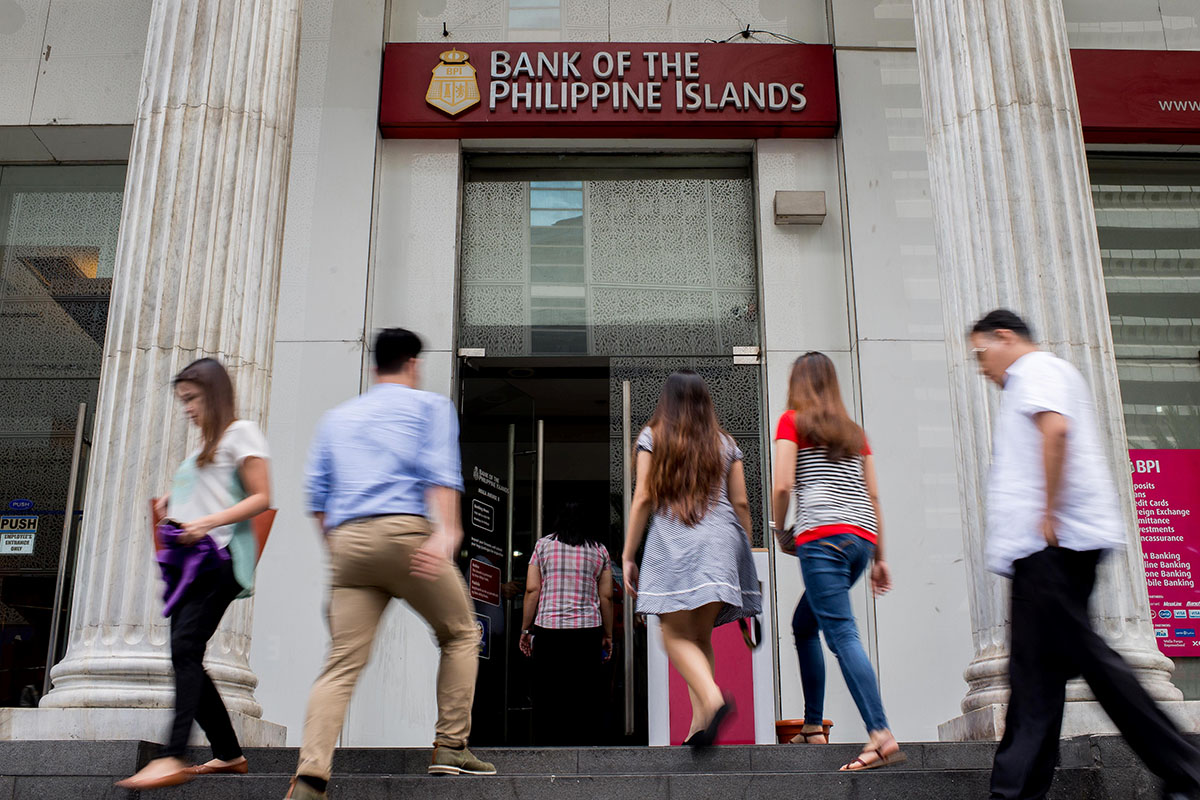A small economy that’s constantly battling risks beyond its control like typhoons and oil prices has been one of the most successful in managing inflation in Asia.
The Philippine central bank, which has an annual inflation target that’s currently set at two percent to four percent, met its goal six times in the past eight years and the two times it failed were because prices were too low. That was a better outcome than other inflation-targeting banks in Asia, namely Indonesia, Thailand, and South Korea, according to data compiled by Bloomberg. Japan and India adopted formal targets more recently, while in China, the government sets the goal.
Policy makers’ credibility in the Philippines is now being put to the test. The economy is expanding more than six percent a year and risks overheating, adding to inflation pressures. Economists predict the bank will be among the first to follow South Korea in raising interest rates next year, with two analysts saying it could happen as early as Thursday. The rest forecast the benchmark rate will be held at a record-low three percent.
“Growth is robust and inflationary risks are tilted to the upside,” said Gundy Cahyadi, an economist at DBS Group Holdings Ltd. in Singapore who predicts a rate increase this week. “Given the expansionary fiscal policy and strong investment growth, a rate hike is probably warranted to prevent overheating risks.”
The central bank adopted inflation-targeting in 2002 in the aftermath of the Asian financial crisis in the late 1990s when consumer prices soared beyond 10 percent. Since then it’s managed to bring inflation consistently down, with it forecast to average 3.2 percent this year, Governor Nestor Espenilla, who took office in July, said this month.
“We certainly take pride in our decision to shift from monetary aggregate targeting to flexible inflation targeting,” Deputy Governor Diwa Guinigundo said in an email. “It makes monetary policy more preemptive, forward-looking and accountable.”
It’s that proactive stance that may push policy makers to move. The currency has been the worst performer in Asia, dropping 1.5 percent against the dollar this year to trade at 50.465 as of 2:25 p.m. in Manila on Wednesday. The economy is set for its first current-account deficit in 15 years, while bank loans are growing more than 10 percent.
“We aren’t sure they are on top of the game right now,” said Eugenia Victorino, an economist at Australia & New Zealand Banking Group in Singapore. “They may be behind the curve as there’s a risk inflation will breach the target next year. They should be managing inflation expectations, not just actual inflation.”
The central bank’s policy framework has won plaudits from credit-rating companies and the World Bank, which in October said the Philippines had one of the most effective monetary policies in developing Asia. The World Bank measured the impact of a central bank policy intervention on lending rates in the economy over the following four quarters, using the US as a benchmark.
The central bank constantly refines its policy tools. It transitioned to a rate corridor in 2016 for greater flexibility and is now crafting a strategy of gradually lowering banks’ reserve requirement.
“They’re not the type who will kick the can on reform initiatives,” said Emilio Neri, an economist at Bank of the Philippine Islands in Manila. “In the midst of uncertainty and volatility, they’re always innovating and that gives them better tools to achieve their inflation mandate.” – Bloomberg
Recommended stories:
